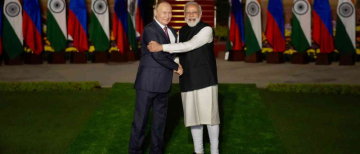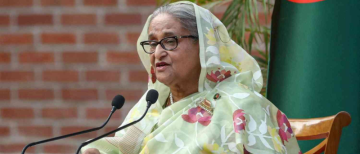The COVID-19 pandemic, with its widespread impact on daily life and social interactions, has left an indelible mark on societies across the globe. From economic downturns to mental health challenges, the effects have been far-reaching. In Japan, a unique phenomenon emerged during the pandemic - the gradual disappearance of smiles.
In Japanese culture, smiles hold a significant place. A smile is regarded as a form of non-verbal communication that conveys warmth, politeness, and friendliness. The act of smiling fosters social bonds, reduces stress, and creates a positive atmosphere. Smiles have traditionally been an integral part of Japanese daily life, be it in personal interactions, customer service, or public events.
The COVID-19 pandemic disrupted the social fabric of Japan, necessitating strict measures such as physical distancing, mask mandates, and limitations on social gatherings. These changes profoundly affected the way people interacted with one another, making it challenging to display facial expressions, including smiles. Masks, though vital for public health, covered half of people's faces, concealing their joyful expressions. Additionally, the fear and anxiety surrounding the pandemic further dampened the natural inclination to smile, as individuals grappled with uncertainty and worry.
As the months passed, the decline in smiles had a noticeable impact on society. The absence of smiles led to a sense of disconnect among individuals, eroding the familiar warmth and friendliness that had been characteristic of Japanese culture. The lack of non-verbal cues made it harder to gauge people's emotions, contributing to a more reserved and subdued atmosphere. The collective loss of smiles had the potential to affect mental well-being and contribute to a sense of isolation.
Despite the challenges, the Japanese people demonstrated resilience and adaptability. New ways of expressing warmth and politeness emerged, such as nodding, bowing, and verbal greetings. These alternative forms of communication sought to bridge the gap left by the absence of visible smiles. Additionally, digital platforms and social media provided avenues for individuals to share lighthearted content and virtual smiles, fostering a sense of connection in a physically distanced world.
© Copyright 2023. All Rights Reserved Powered by Vygr Media.
























